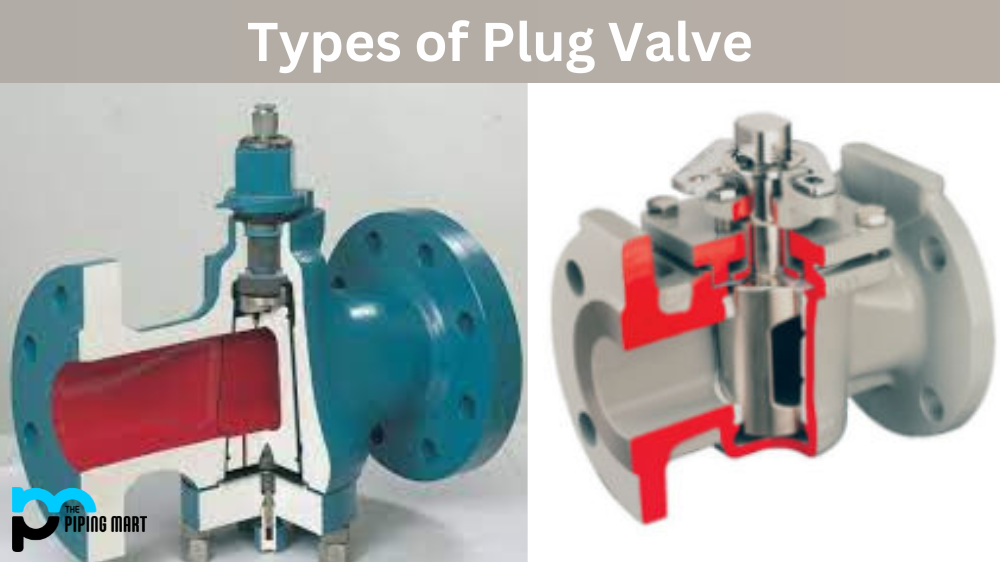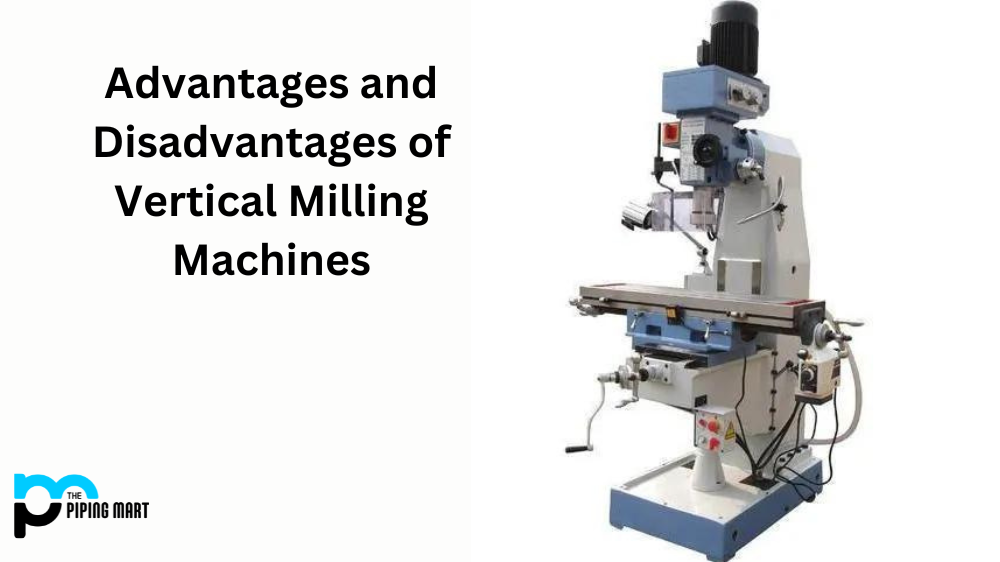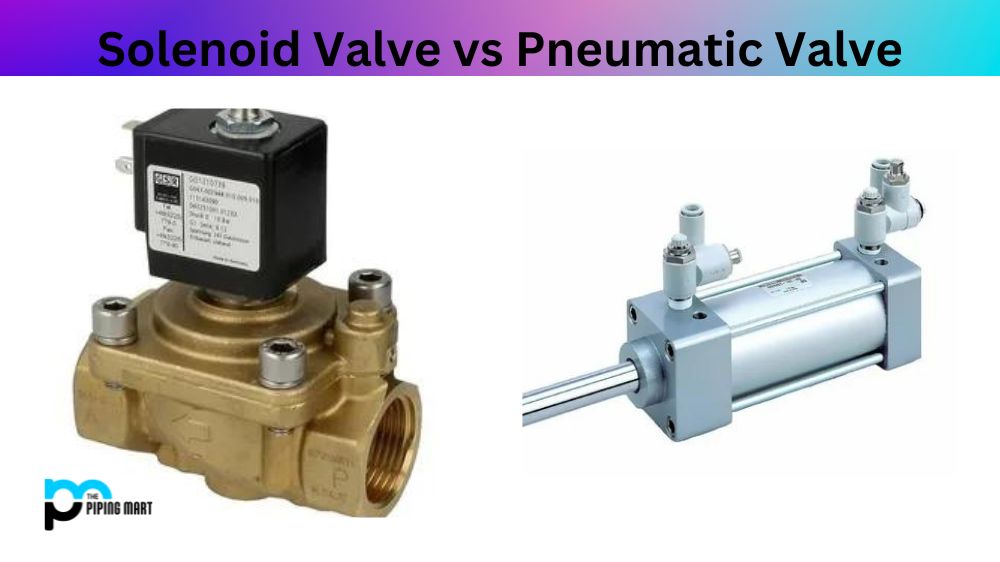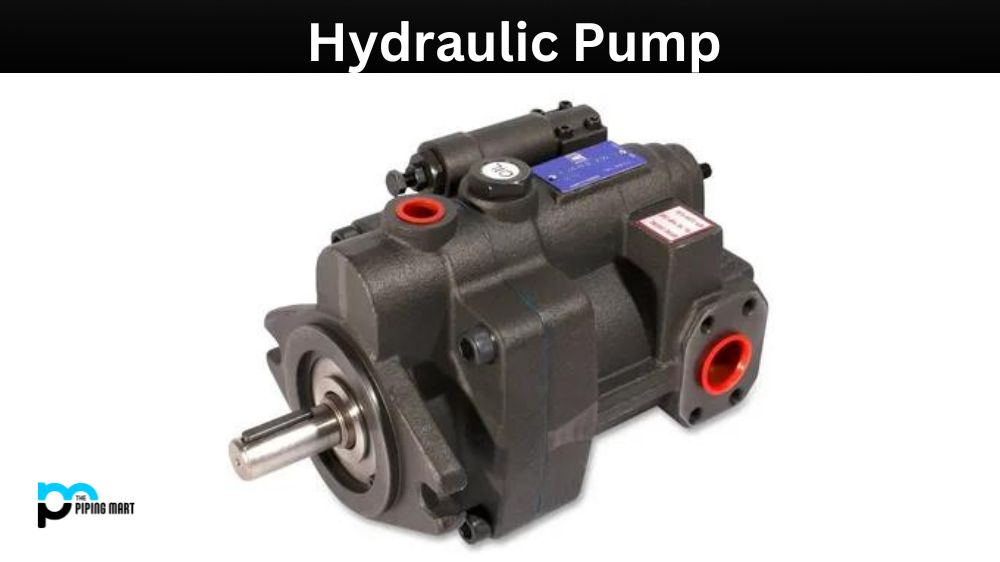A plug valve is an important part of certain piping systems. It is a type of valve designed to control the flow of liquids, gases, and slurries in a pipe or tubing. This type of valve consists of a plug that can be rotated within the body of the valve to open, close, or partially restrict the flow. In this blog post, we will examine different types of plug valves and how they work.
Types of Plug Valve
Lubricated plug valve
Lubricated plug valves are an essential part of many systems, allowing various flows of liquids and gases to be regulated easily. They consist of a valve body made up of two halves; one holds the plug, which is fitted into a passageway through the middle of it, and the other contains equal geometric ports that seal around it to control flow. Adding lubrication to the plug surface and to the faces and seats of the valve offers a reliable seal with minimal leakage. Temperature ranges can vary greatly in these applications, ranging from cryogenic temperatures to high-temperature environments such as steam services or power plants. The lubricant must ensure thermal stability over these temperatures and provide additional protection against wear on both surfaces during regular use. Lubricated plug valves can provide an invaluable service in various industrial uses.
Non-lubricated plug valve
Non-lubricated plug valves have become increasingly popular in many industrial, commercial and residential applications because of their efficiency and dependability. Compared to other plugged valve designs, these devices are much lighter and small, making them ideal for use in limited-space environments. Non-Lubricated Plug Valves are incredibly durable and require less maintenance than many other valve systems. With the added benefit of being corrosion resistant, these valves can give years of dependable service for various environments ranging from home plumbing to demand-intensive applications found in various industries. Furthermore, with their ability to be used with almost any type of media, such as fuels, water and natural gas, they are an excellent option for most valve needs.
Eccentric plug valve
Eccentric plug valves are a useful tool for efficient and metered flow regulation. By using an eccentric plug instead of a conventional ball or ported valve, greater control can be achieved with the rotation of just the plug. This device is great for operations that require precise adjustments and long-term stability, like in applications related to food processing or environmental monitoring. The silicone seal technology provides a reliable, leak-free solution – free from metal or organic materials that can corrode over time. In addition, the smooth operation of the rotating plug allows for easy maintenance along its lifetime. All in all, eccentric plug valves offer many benefits for users needing accurate and dependable flow control.
Expanding Plug Valve
Plug valves are an essential component of many operations, and expanding plug valves can offer new levels of efficiency. This kind of valve utilizes a tapered sleeve to expand outward when pressure is applied against the piston head, creating a seal that helps provide optimal flow control with minimal pressure loss. Compared to standard plug valves, expanded plug valves allow for longer-lasting seals and quicker closing and opening speeds than most alternate options. They also maximize system performance by reducing vibration and axial movement due to the envelope seal design. Durable, efficient and straightforward to operate – expanding plug valves are the perfect solution for reliable flow control.
Conclusion:
Plug valves are an invaluable part of many piping systems because they can control liquid, gas, and slurry flows quickly and efficiently by opening, closing off, or partially restricting access as needed. Several designs are available depending on your needs, including rotary plug valves that use cylindrical plugs that turn; lift-style plugs with spool-like discs; and butterfly valves with flat plates attached to stems that move up and down when turned manually or by a motorized actuator. By understanding each option available, you can find out which style will best suit your application’s needs so you can get optimal performance from your system every time!

A passionate metal industry expert and blogger. With over 5 years of experience in the field, Palak brings a wealth of knowledge and insight to her writing. Whether discussing the latest trends in the metal industry or sharing tips, she is dedicated to helping others succeed in the metal industry.




